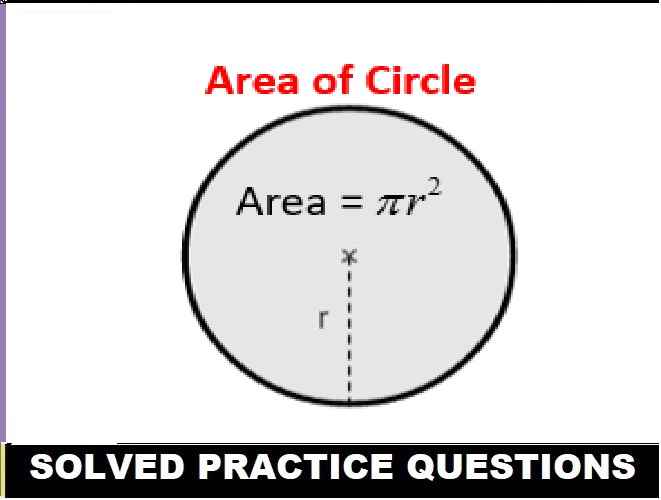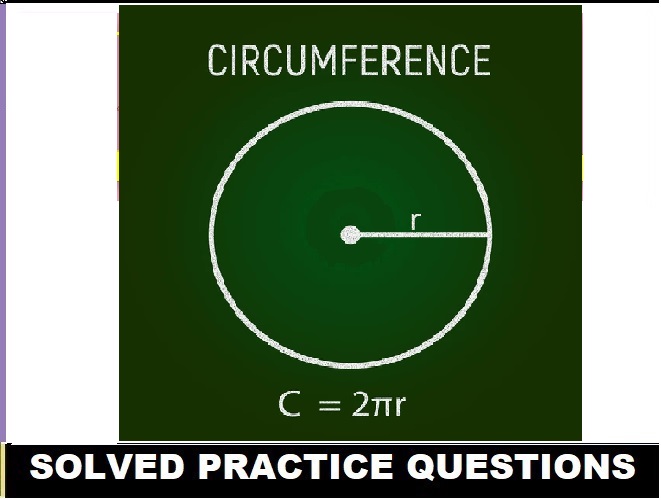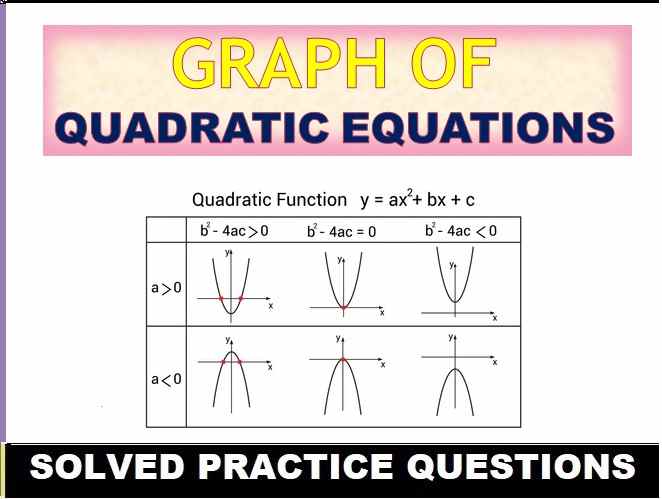OP Malhotra Class-11 Measures of Dispersion S.Chand ISC Maths Solution Chapter-21. Step by step Solutions of OP Malhotra S.Chand ISC Class-11 Mathematics with Exe-21 (a), 21 (b), With Chapter Test. Visit official Website CISCE for detail information about ISC Board Class-12 Mathematics.
OP Malhotra Class-11 Measures of Dispersion S.Chand ISC Maths Solution
| Class: | 11th |
| Subject: | Mathematics |
| Chapter : | Ch-21 Measures of Dispersion of Section -A |
| Board | ISC |
| Writer | OP Malhotra |
| Publications | S.Chand Publications 2020-21 |
–: Select Topics :-
OP Malhotra Class-11 Measures of Dispersion S.Chand ISC Maths Solution
Dispersion
“It is the measure of the variation of the item”. According to Spiegel, ‘The degree to which numerical data tend to spread about an average value is called the variation or dispersion of the data”.
Different methods of measuring dispersion are
- Range
- Quartile deviation
- Mean deviation
- Standard deviation
Range Range is the difference between the highest value and the lowest value in a series:
R = H – L or L – S
H or L = Highest or Largest value of series
L or S = Lowest or Smallest value of series
Frequency Distribution Series
- Mid values of the class interval are found, difference between the highest and lowest values would be the range.
- According to this method, we find the difference between lower limit of the first class interval and upper limit of the last class interval in the series would be the range.
Inter Quartile Range
Difference between third quartile ( Q3) and first quartile of a series, is called Inter quartile range.
IQR = Q3 – Q1
Lorenz Curve
It is a curve that shows deviation of actual distribution from the showing equal distribution.
(i) Construction of the Lorenz Curve
- Calculate class mid-points
- Calculate cumulative frequencies as in column 6
- Express the grand total of column 3 and 6 as 100 and convert the cumulative totals in these columns in to percentage.
- Now, on the graph paper, take the cumulative percentage of the variable on Y-axis and cumulative percentages of X-axis.
- Draw a line joining co-ordinate (0, 0) with (100,100) this is called the line of equal distribution.
- Plot the cumulative percentages of the variable with cumulative percentages of frequency.
Measures of Dispersion :
The measure of dispersion indicates the scattering of data. It explains the disparity of data from one another, delivering a precise view of the distribution of data. The measure of dispersion displays and gives us an idea about the variation and central value of an individual item.
In other words, Dispersion is the extent to which values in a distribution differ from the average of the distribution. It gives us an idea about the extent to which individual items vary from one another and from the central value.
The variation can be measured in different numerical measures, namely:
(i) Range – It is the simplest method of measurement of dispersion and defines the difference between the largest and the smallest item in a given distribution. Suppose, If Y max and Y min are the two ultimate items then
Range = Y max – Y min
(ii) Quartile Deviation – It is known as Semi-Inter-Quartile Range, i.e. half of the difference between the upper quartile and lower quartile. The first quartile is derived as (Q), the middle digit (Q1) connects the least number with the median of the data. The median of a data set is the (Q2) second quartile. Lastly, the number connecting the largest number and the median is the third quartile (Q3). Quartile deviation can be calculated by
Q = ½ × (Q3 – Q1)
(iii) Mean Deviation-Mean deviation is the arithmetic mean (average) of deviations |D| of observations from a central value {Mean or Median}.
Mean deviation can be evaluated by using the formula: A = 1⁄n [∑i|xi – A|]
(iv) Standard Deviation- Standard deviation is the Square Root of the Arithmetic Average of the squared of the deviations measured from the mean. The standard deviation is given as
σ = [(Σi (yi – ȳ) ⁄ n] ½ = [(Σ i yi 2 ⁄ n) – ȳ 2] ½
Apart from a numerical value, graphics method are also applied for estimating dispersion.
Types of Measures of Dispersion
(1) Absolute Measures
- Absolute measures of dispersion are expressed in the unit of Variable itself. Like, Kilograms, Rupees, Centimeters, Marks etc.
(2) Relative Measures
- Relative measures of dispersion are obtained as ratios or percentages of the average.
- These are also known as ‘Coefficient of dispersion.’
- These are pure numbers or percentages totally independent of the units of measurements.
Exe-21 (a)
OP Malhotra Class-11 Measures of Dispersion S.Chand ISC Maths Solution
Page 21-7 to 21-8
Question 1:
From the following data using mean calculate mean …………………. mean deviation.
15, 17, 19, 25, 30, 25, 48.
Question 2:
…………………….
………………………
……………………….
Question 12:
………………
Exe-21 (b)
OP Malhotra Class-11 Measures of Dispersion S.Chand ISC Maths Solution
Page 21-20 to 21-22
Question 1:
(i) Five student …………
(ii) For a set of ……………
(iii) The standard …………….
Question 2:
…………………
…………………..
………………….
Question 17:
The mean of number …………………………. and b ?
…………………
Chapter Test
OP Malhotra Class-11 Measures of Dispersion S.Chand ISC Maths Solution
Page 21-25
Question 1:
Find the mean deviation from ………….. 54, 44.
Question 2:
………………….
……………………
……………………
Question 4:
Find the mean ……………….. 10, 2, 9.
………………….
Question 6:
Calculate the mean and …………………………. data :
………………..
-: End of Measures of Dispersion Solution :-
Return to :- OP Malhotra S. Chand ISC Class-11 Maths Solutions
Thanks
Please share with your friends


